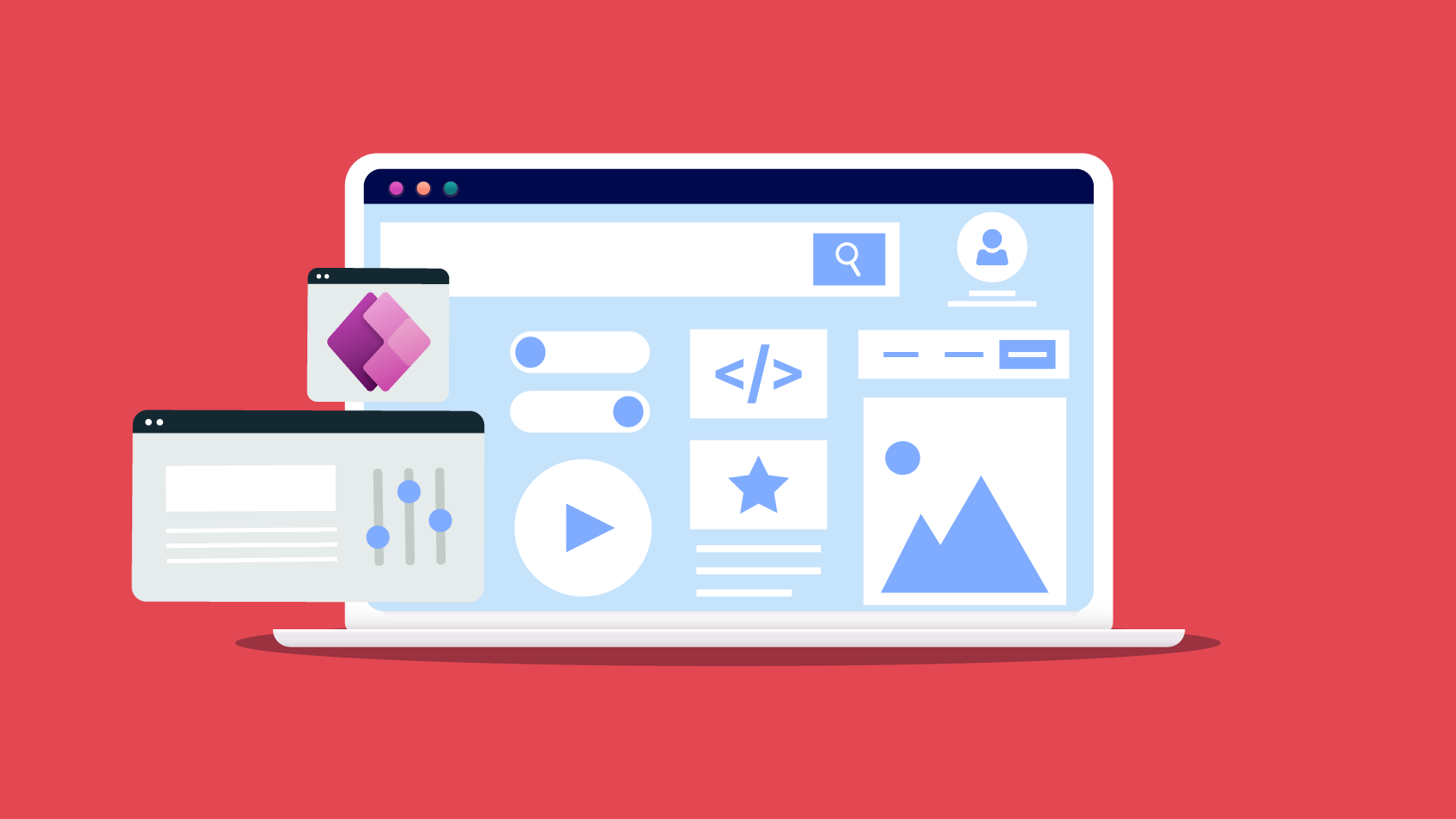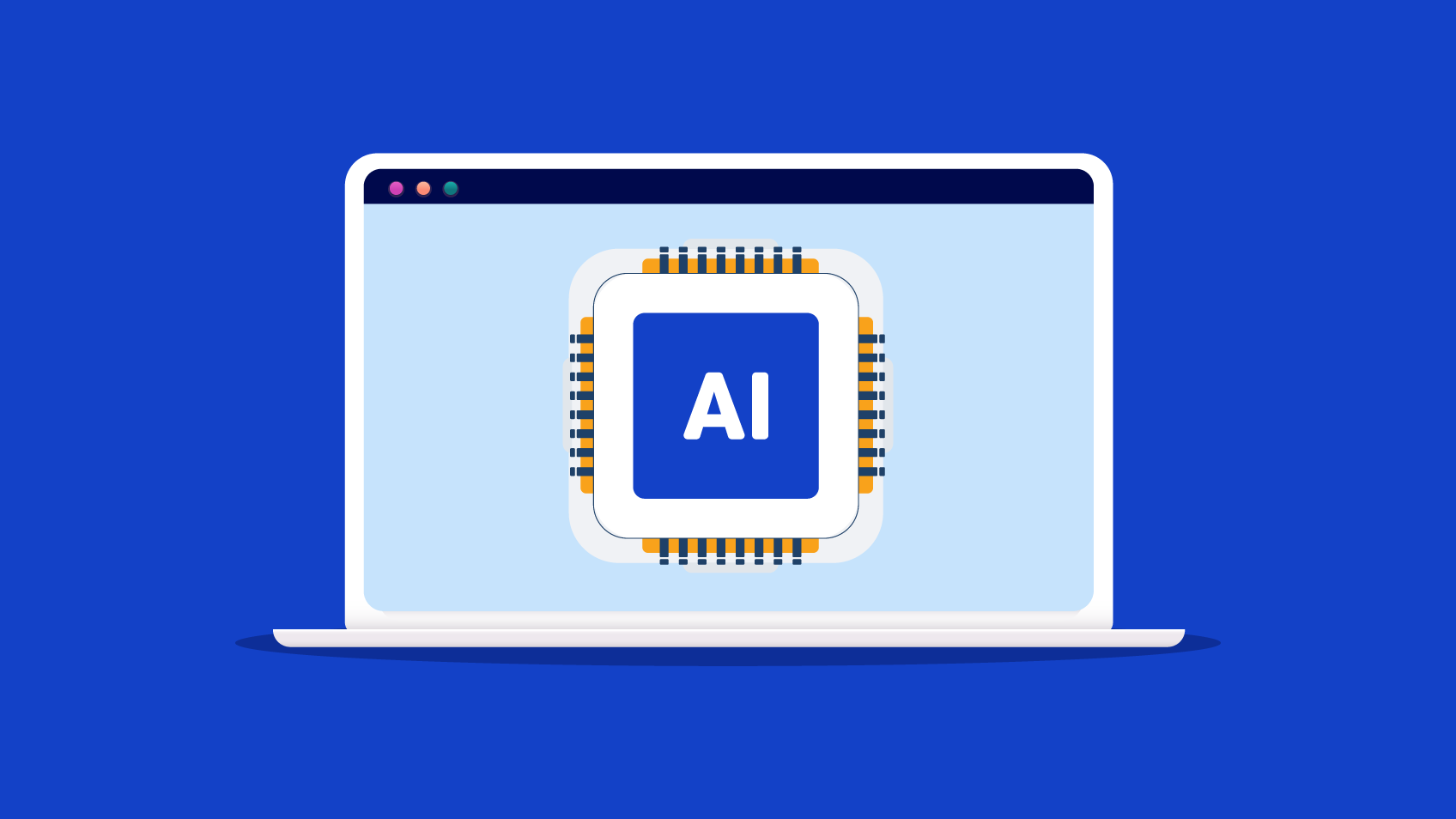We’ve never talked about experience more than in recent years, mainly because we’re increasingly operating in a new paradigm that is essentially digital. And because the economy we live in is based on digital, it is critical that companies offer relevant experiences to their customers. A lot is said about how User Experience can be a differentiating element for consumers, but it is often difficult to understand how we can materialise it properly, adding value to everyone involved. We can recognise that companies such as Uber, Spotify or Revolut offer convenient, seamless, highly satisfying digital experiences, but when we start thinking about building something similar for our own customers, we know it’s not that easy delivering a memorable experience.
But why has experience become such an essential element?
With the increasingly frequent use of smartphones, it’s become possible for people to stay connected longer, to be closer to the services they need and to have the ability to satisfy their needs more immediately. The needs and expectations of consumers have become increasingly demanding, something that’s even boosted biologically: when we are able to do what we need when we need to make us feel an instant gratification that releases dopamine. This, in turn, causes feelings of happiness and personal fulfilment. As such, the experience has become a differentiating element of the customer journey and, often, an element that decides the success (or not) of many brands – regardless of the digital channel used.
Building experiences: five main ingredients
The ideal experience allows users to perform a task effectively and positively and ends with a feeling of satisfaction. This premise is deceptively simple. Building the ideal experience is a more complex journey than you might think: in fact, it’s a journey of learning, trial and error, success and failure, and many iterations and evolutions. It doesn’t exactly have a beginning, middle and end, because the ideal experience changes as our users change, and is therefore iterative in nature.
The solution to a user experience problem involves getting a clear answer to the following questions:
- What is the problem? (Identify the problem);
- Who has this problem? (Who are we designing the experience for?);
- How do we solve the problem? (Strategy);
- What are your goals? (Business goals and user goals);
- What features are required to achieve those goals? (Functional requirements);
- How will the product work so that the goals are achieved? (Solution).
In essence, a UX project consists of the following key phases:
1 – Strategy
Without a strategy, there’s nowhere to go. Without a path and guidance, it’s difficult (not to say impossible) to build an experience with a solid foundation, and this is halfway towards the project’s failure. It is, therefore, essential to define a vision and purpose in order to build an effective user experience. It’s that definition of intentions that will help us shape our business objectives and vision, identify user needs, and map the initiative’s success and how we want to measure it.
2 – Research
Building an experience implies identifying the problem(s) to be solved. Only after identifying the challenges users face does it make sense to think about how to solve them. And so, identifying and prioritising different user journeys, makes how to materialise the solution with the various tools at our disposal clearer.
3 – Analysis
After clearly identifying the problem we want to solve and even before we start implementing some aspects of the experience we want to build, we must go through an interpretation phase. The purpose of this stage is to gather precious insights that will help us lay the foundations for the memorable experience we want to build. Typically, we create different personas in this stage, use different user stories, experience maps and other tools to guide us.
4 – Design
This phase of the experience-building journey is even more collaborative: it is the moment when, after we have matured on the problem we want to solve and have already laid down the foundations of how we’re going to solve it, we will start to materialise our vision, either in functional prototypes or in wireframes. By using low-fidelity functional prototypes, the main objective is to test our ideas with the users who will interact with the product and let them get to grips with the experience for real.
5 – Production
The last element of this journey is producing all the assets that add up to the overall experience, whether they be prototypes and high-fidelity layouts or the design system and all the components inherent to it. It’s one of the most critical stages of the process. Through testing sessions and other necessary validations, this is a step that we cannot miss when building an excellent experience.
User Experience at Xpand IT
We understand that building memorable user-centred experiences implies specialised technical knowledge and specific know-how. We also recognise the importance of the user experience in delivering successful digital products in the markets they operate. Therefore, our UX business unit has invested in recent years in offering services in this area to grow our portfolio of user-centric design solutions.
The work we’ve been developing in UX is based on the know-how gained over several years and the work we’ve developed with the various technologies we are familiar with. We believe that technology will always make the difference in building good experiences. Thinking about the experience we want to implement allows us to start the conversation with our clients sooner, ensuring that we implement projects that make a difference.
Discover our UX business unit and how we can help you here.

Digital Xperience Evangelist – Xpand IT














